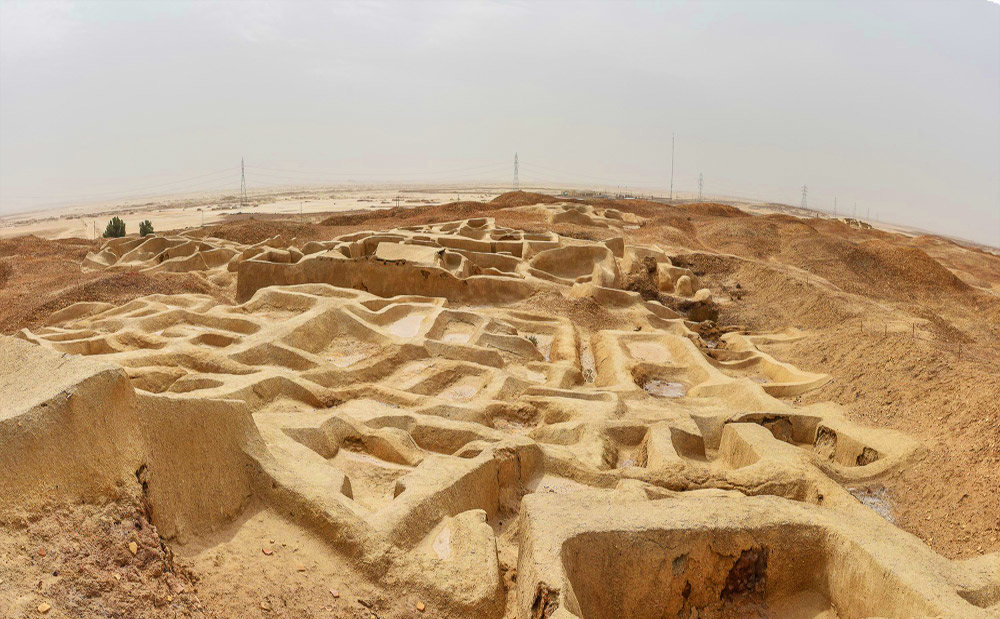The 16th round of archeological explorations at the ancient urban settlement of Shahr-e Sukhteh (Burnt City) in Sistan-Baluchestan Province has begun in collaboration with Italian and German experts.
According to Mansour Seyyed Sajjadi, director of the project, field studies are scheduled to last 60 days, while library research will continue for months, ISNA reported.
Due to the lack of experts in interdisciplinary subjects such as bone biology in Iran, 14 Italian and German scholars have been invited to cooperate in these studies. Top scientists from the University of Salento in Italy, for instance, have had vast experiences in Syria, Iraq, Africa and Asian countries.
"These experts will help conduct zoological, botanical and climate studies to find out about weather conditions, vegetation and wildlife species of the time, routes and reasons for [the residents'] migration," Sajjadi said.
Based on an agreement with the Iranian Center for Archeological Research, the foreign scholars will also train Iranians during the explorations and encourage them to pursue related education in foreign universities.
Palaeopathological, anthropological and genetic studies are also being conducted by Iranian experts from Iran University of Medical Sciences. Sajjadi said that in the past rounds of exploration, crafts workshops were not studied thoroughly and in this round, workshops where lapis lazuli and turquoise beads were made will be explored for discovering the raw materials and tools used by the ancient crafts people. Also, the use of aerial photography by drones and photogrammetric software will help draw a more precise map of the city.
"Surface observations and aerial images have revealed the remains of what is thought to be small warehouses that together form a massive storage complex," he said.
The exploration of these storehouses will yield valuable information about the ancient people's methods of managing warehouses such as sealing and accounting tools.
To find out more about the health, hygiene and social conditions of the residents of Burnt City, 10% of the huge cemetery will also be excavated.
"Obviously, the whole area of the graveyard will not be excavated in this round; perhaps others will do that in the future," Sajjadi said. Burnt City dates back to the Bronze Age and is associated with the Jiroft culture. It was placed on UNESCO's World Heritage List in June 2014.
Covering an area of 151 hectares, Burnt City was one of the world’s largest cities at the dawn of the urban era. In the western part of the site is a vast graveyard, measuring 25 hectares. It contains between 25,000 and 40,000 graves.
The settlement appeared around 3200 BCE. The city had four stages of civilization and was burnt down three times before being abandoned in 1800 BCE.


